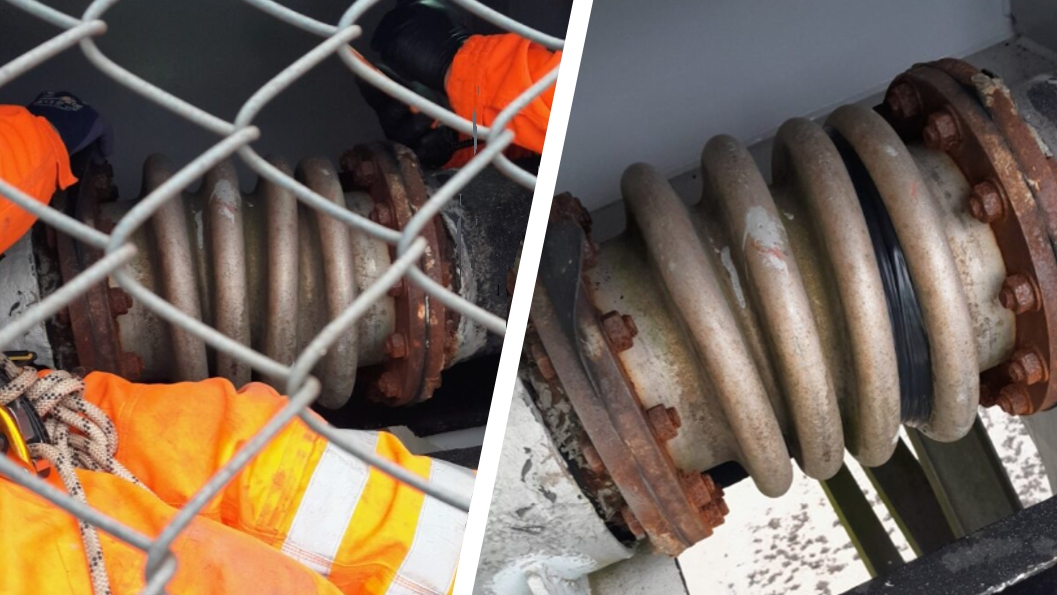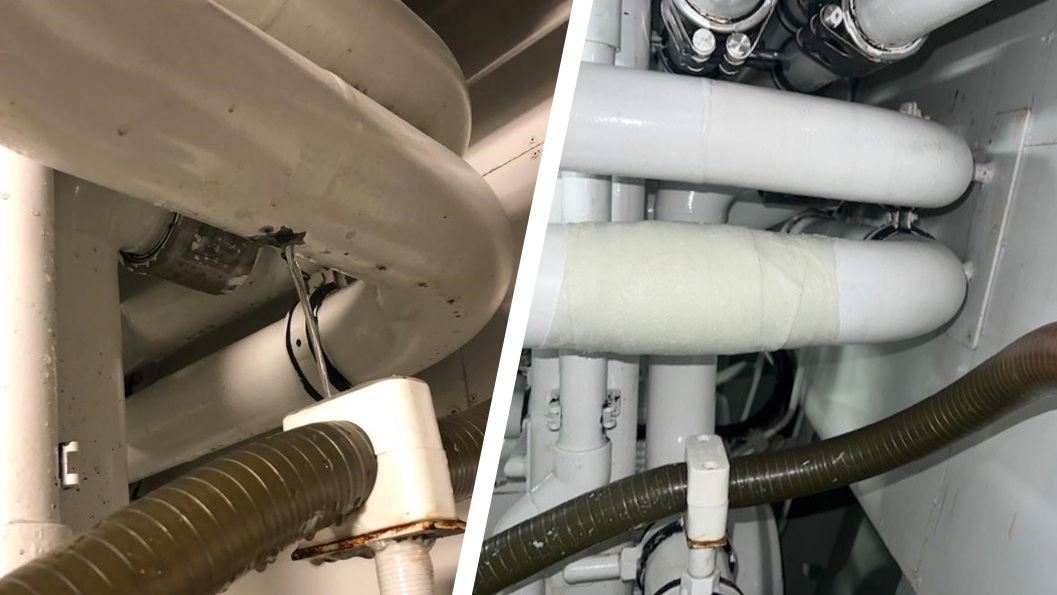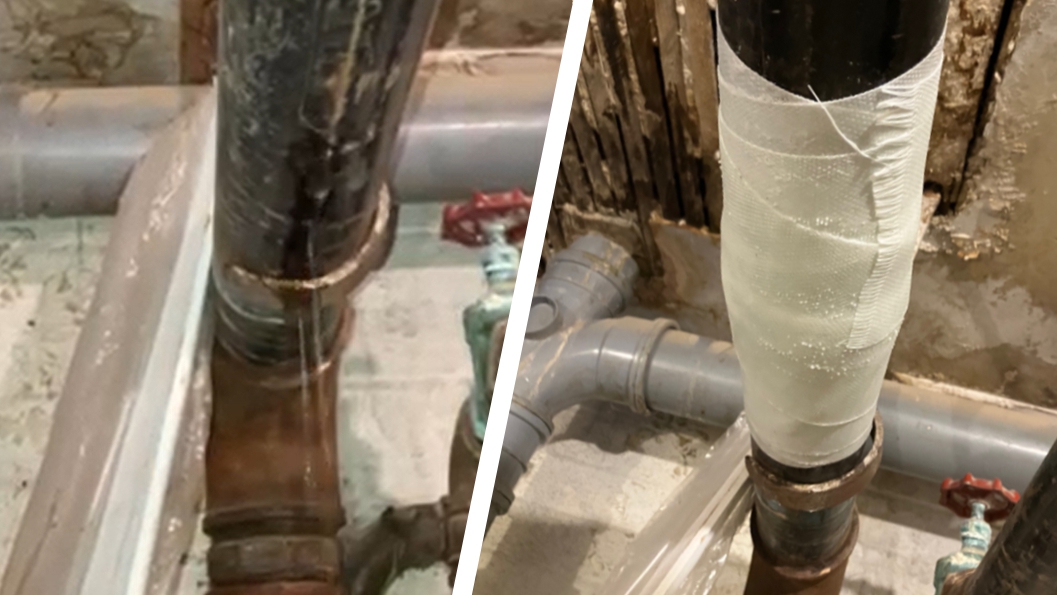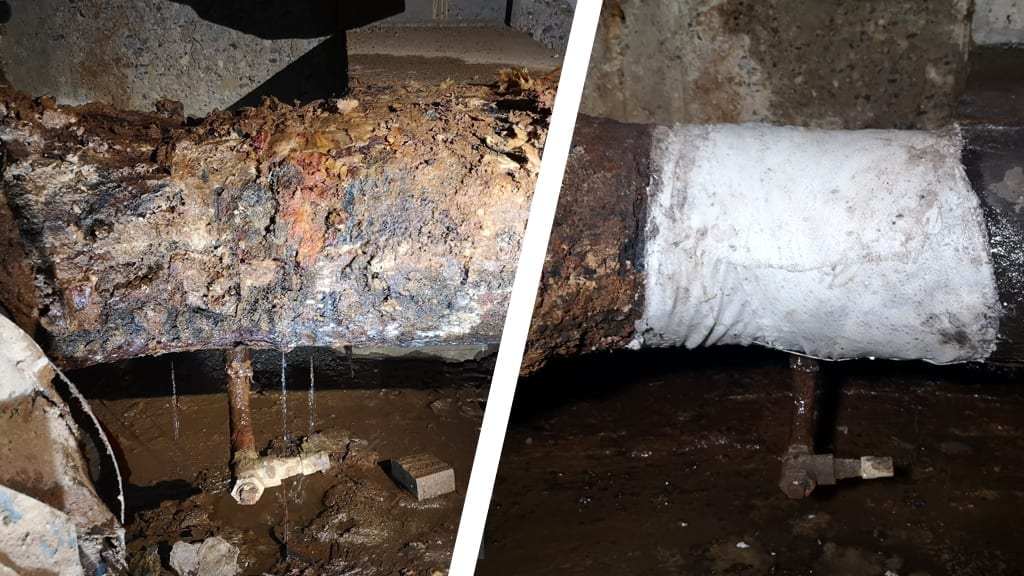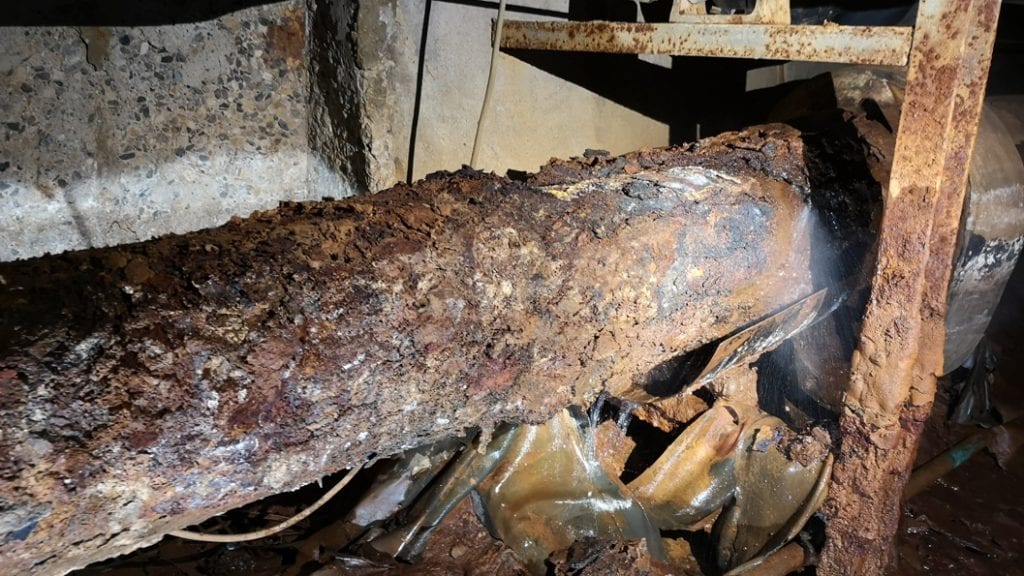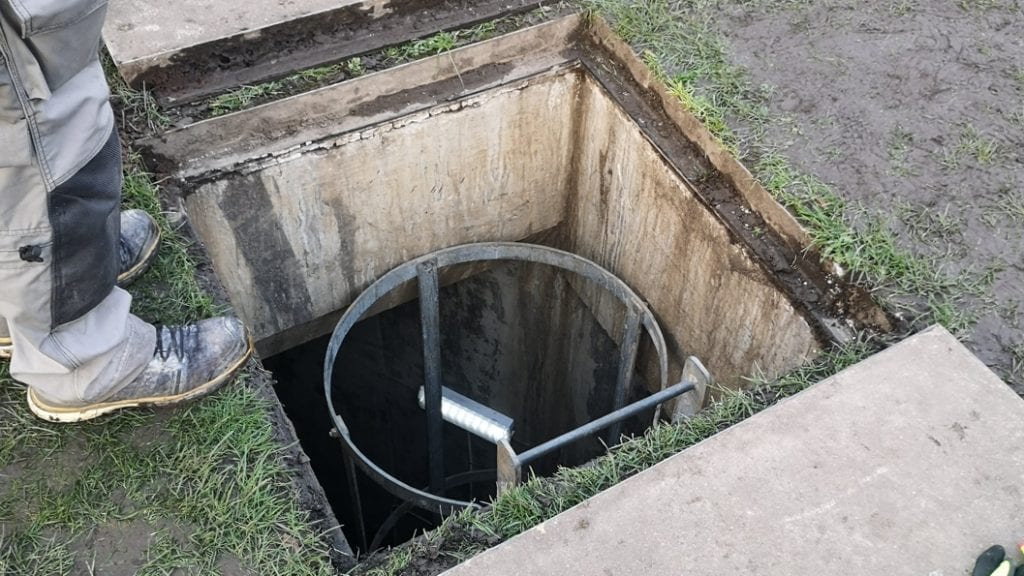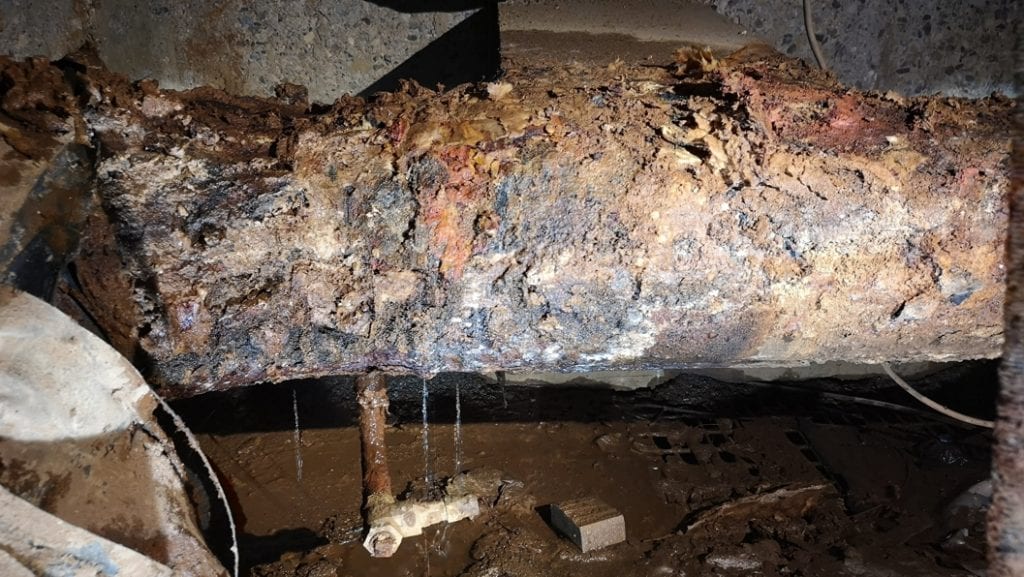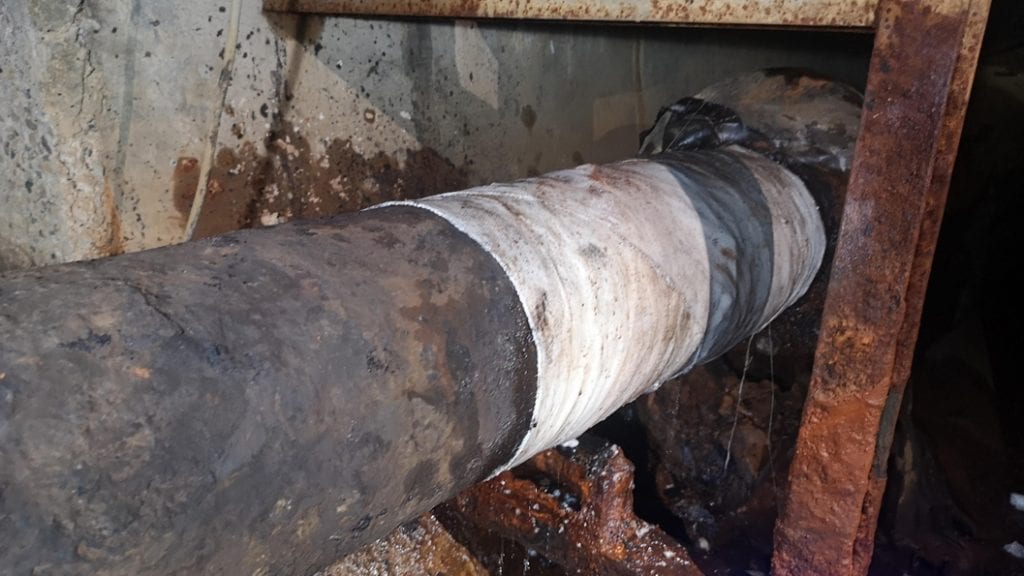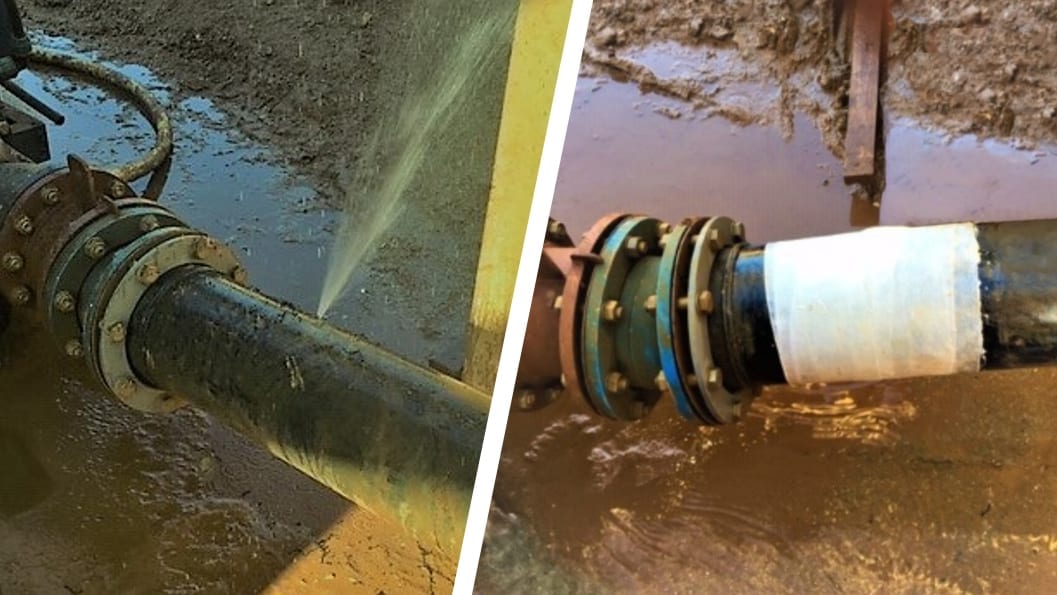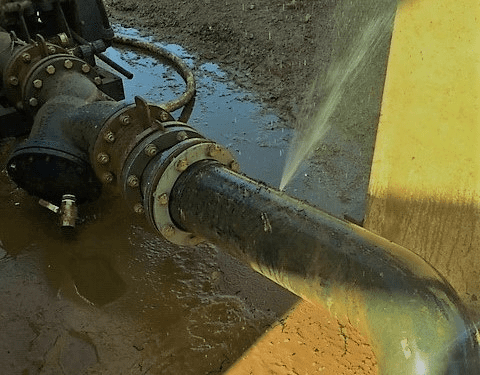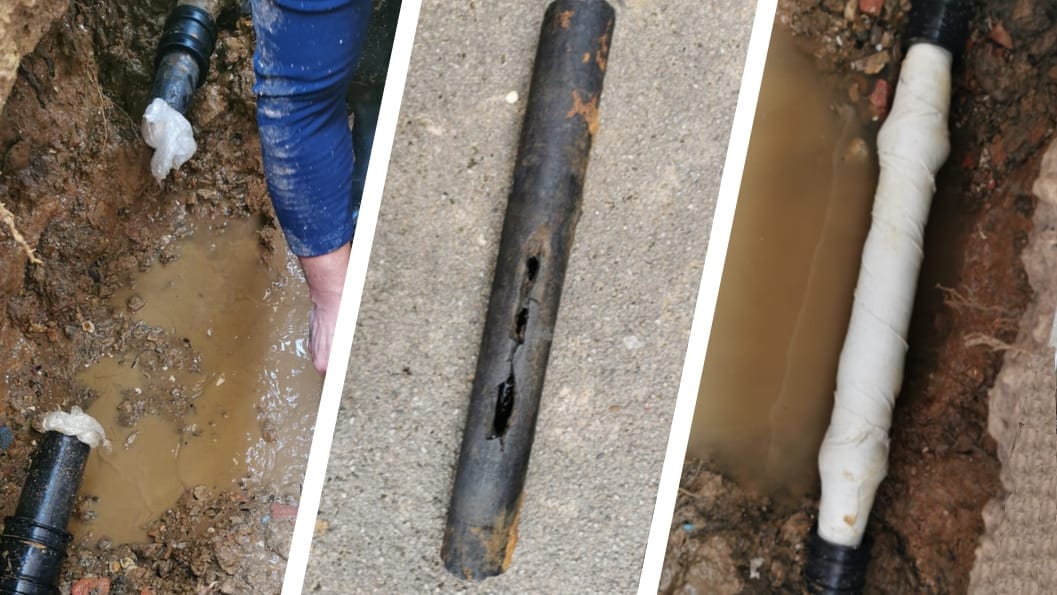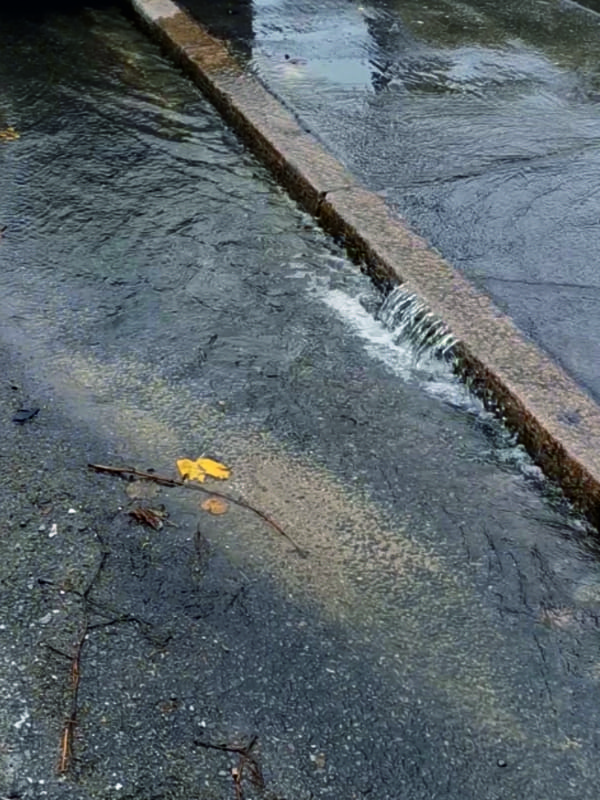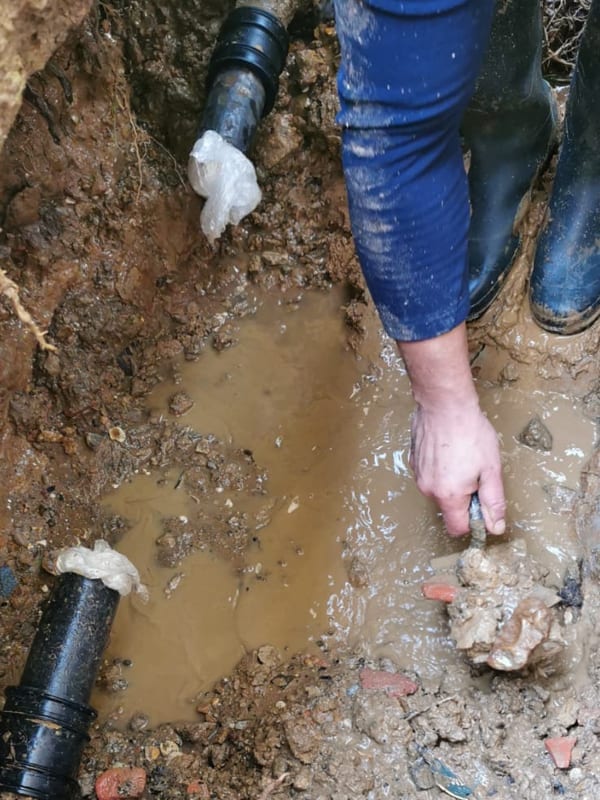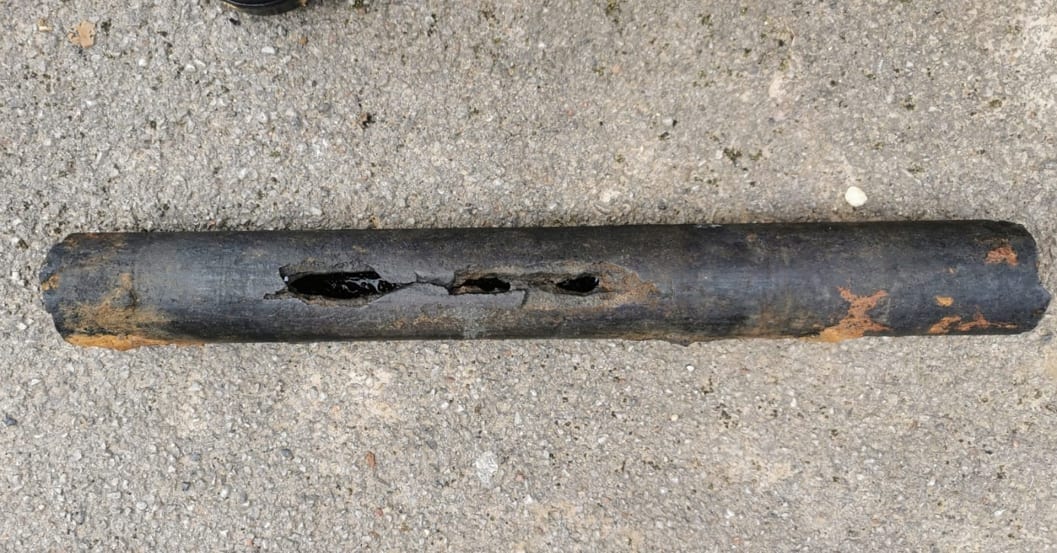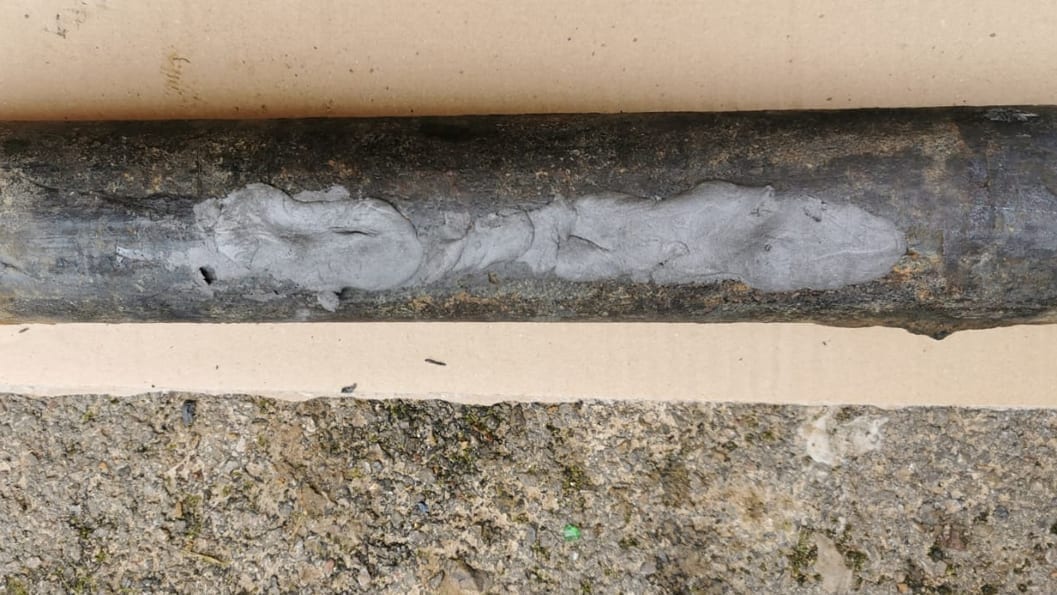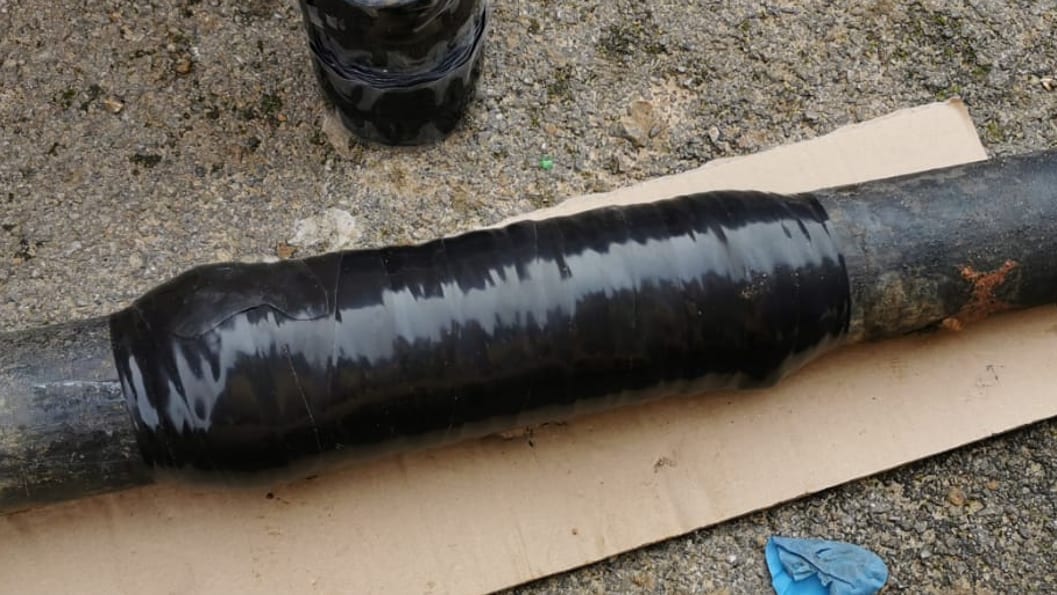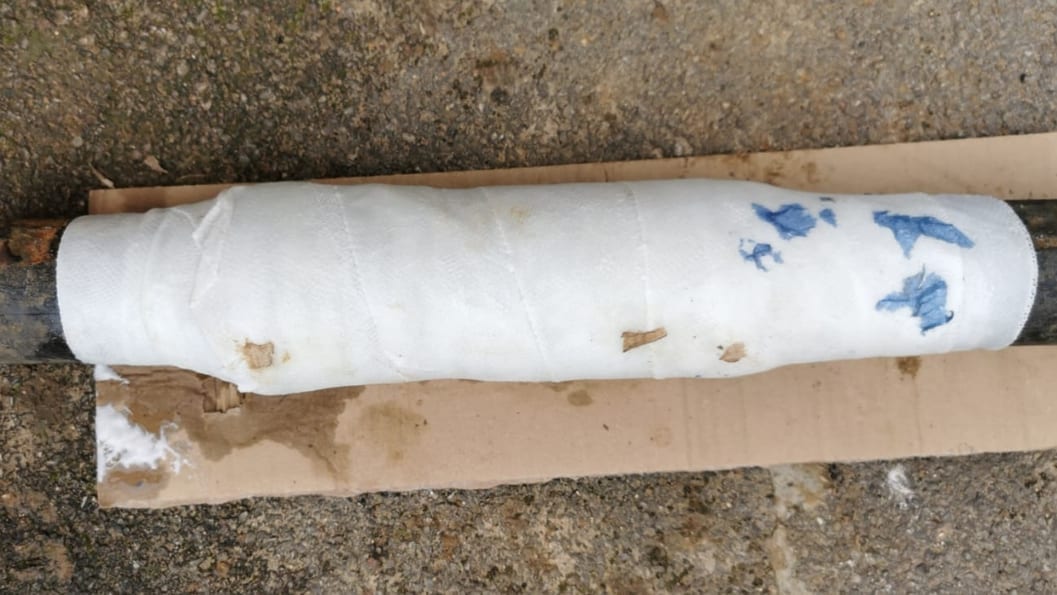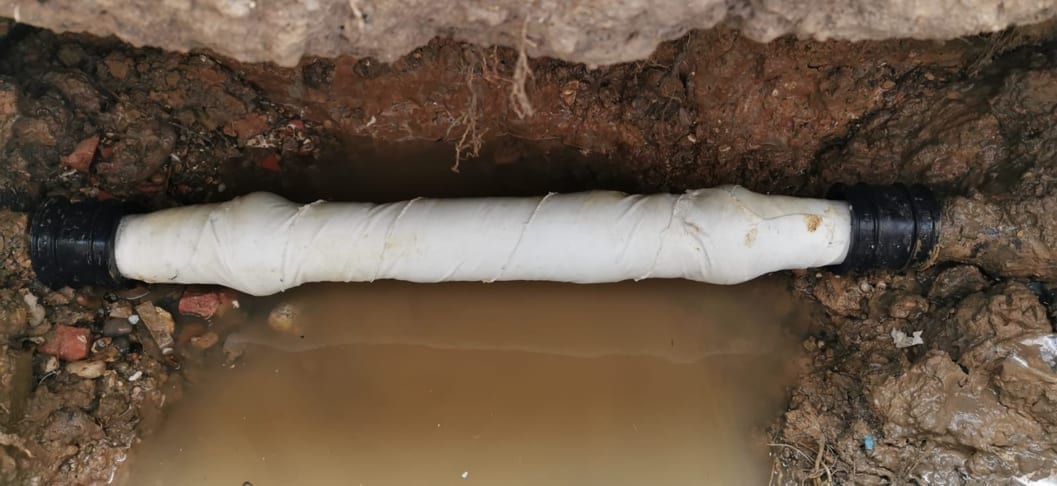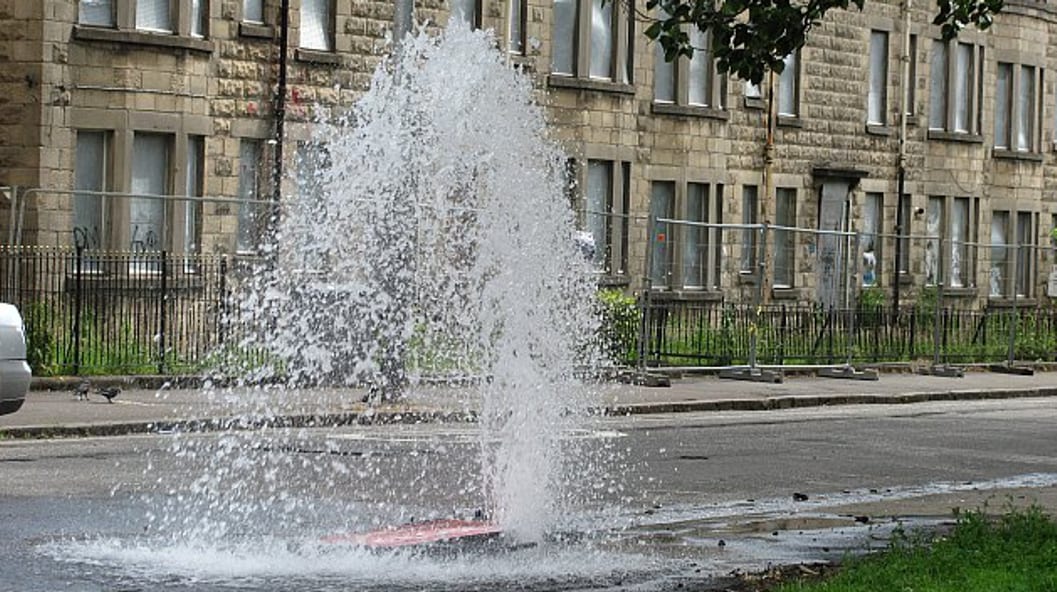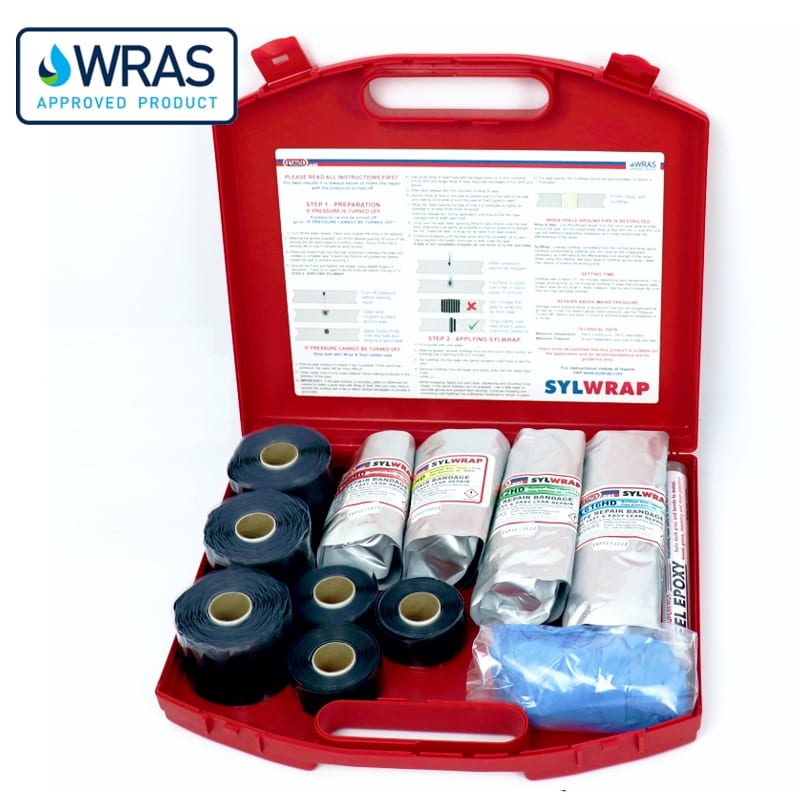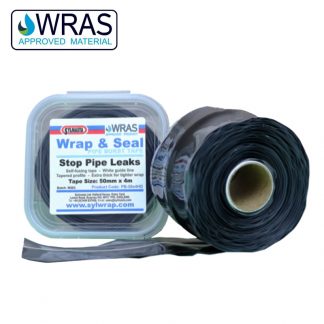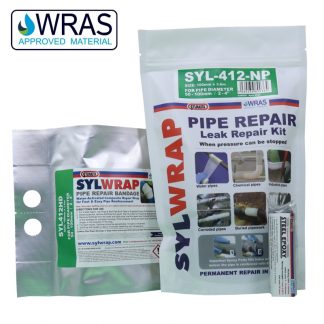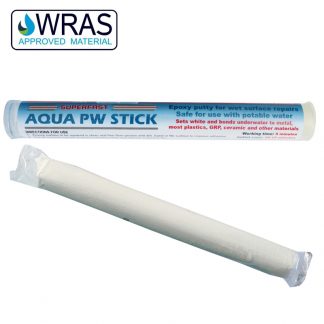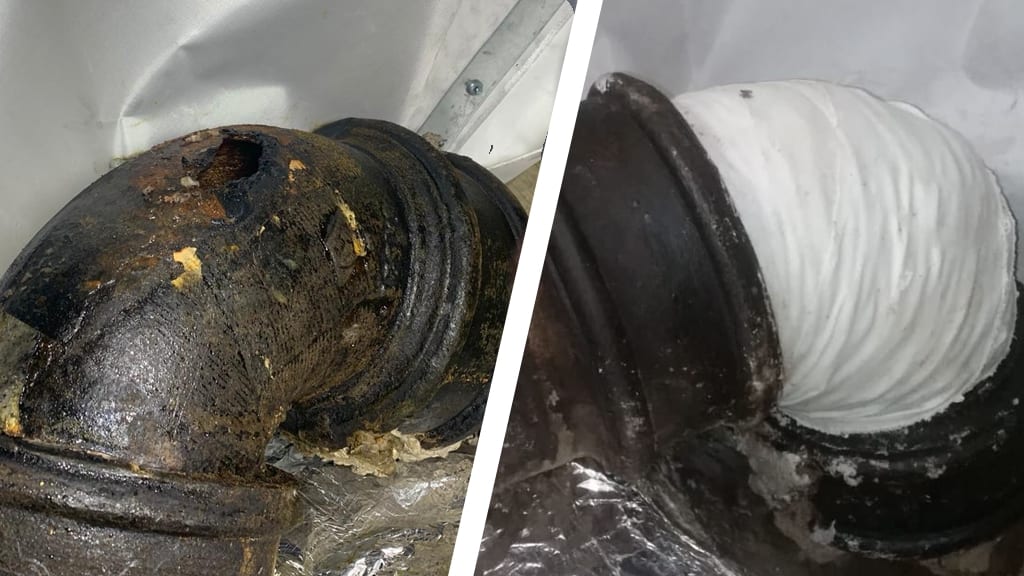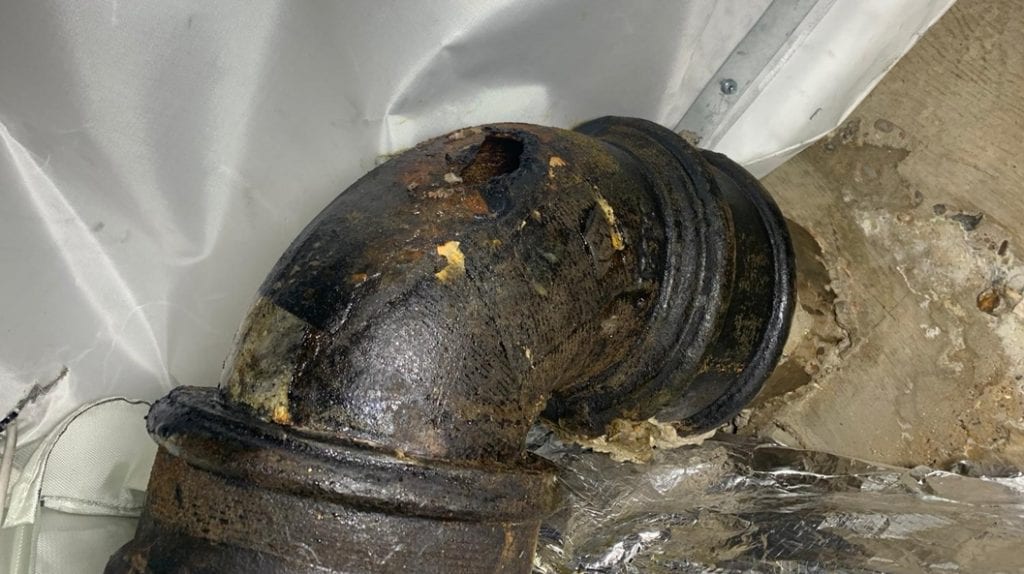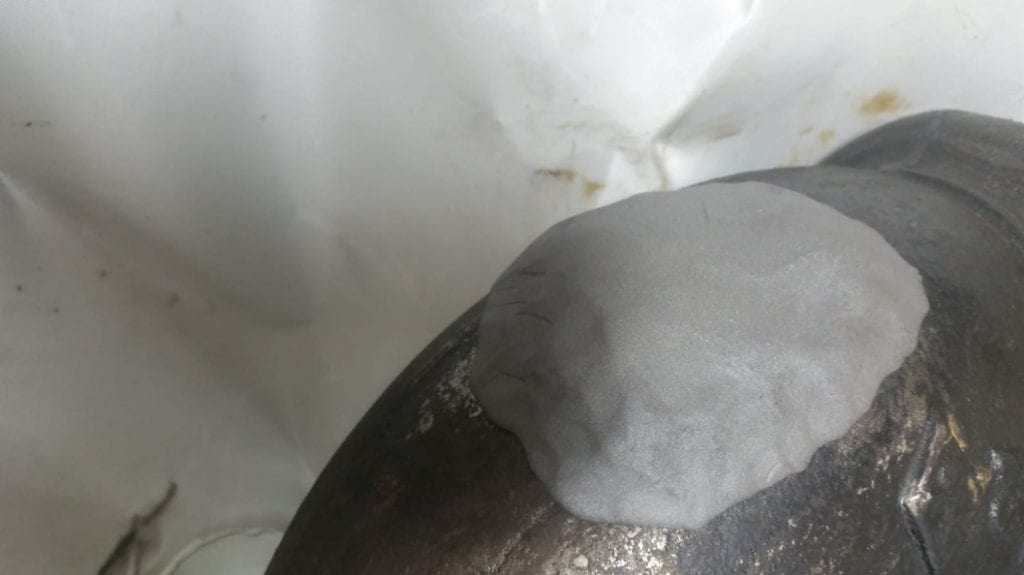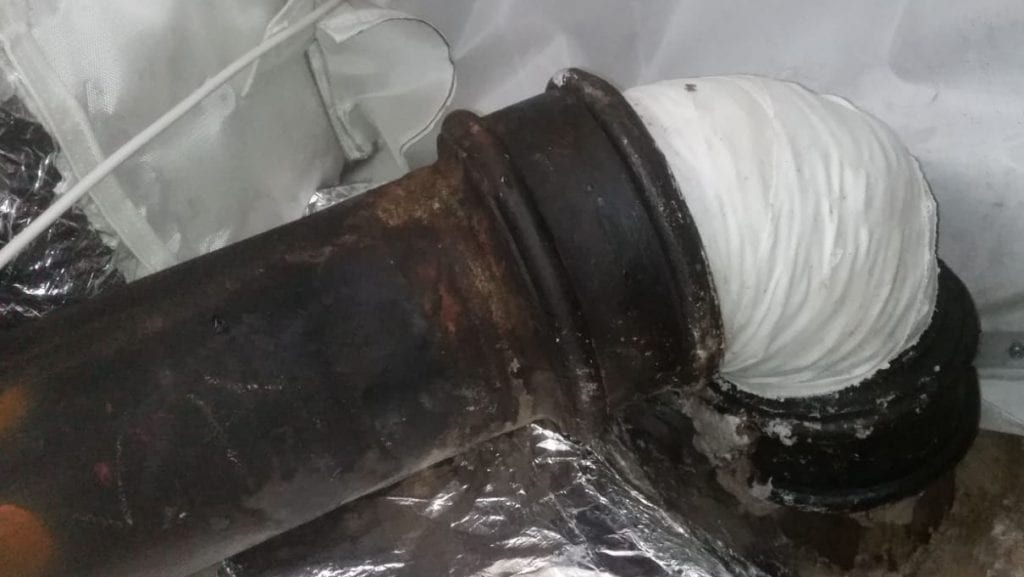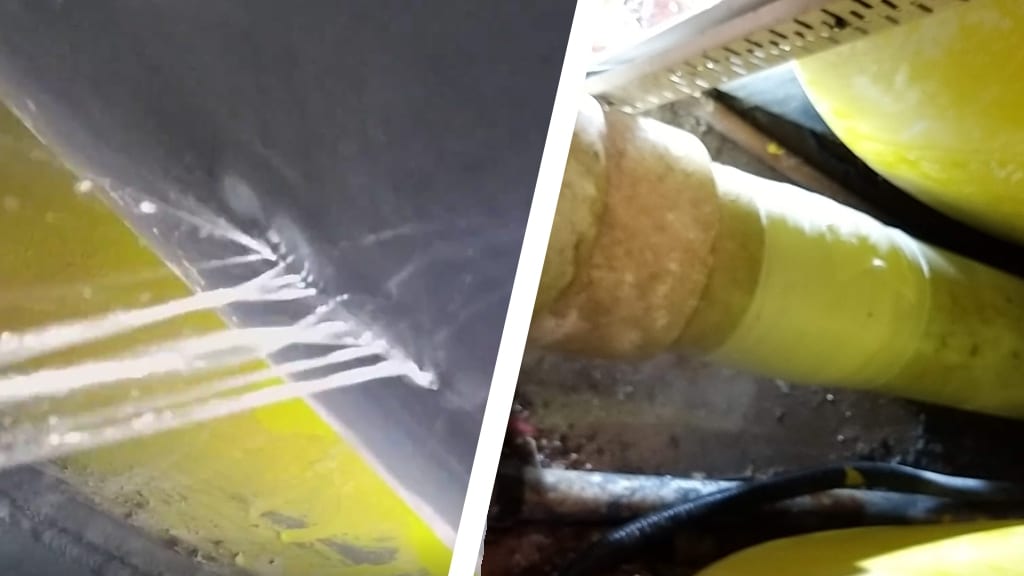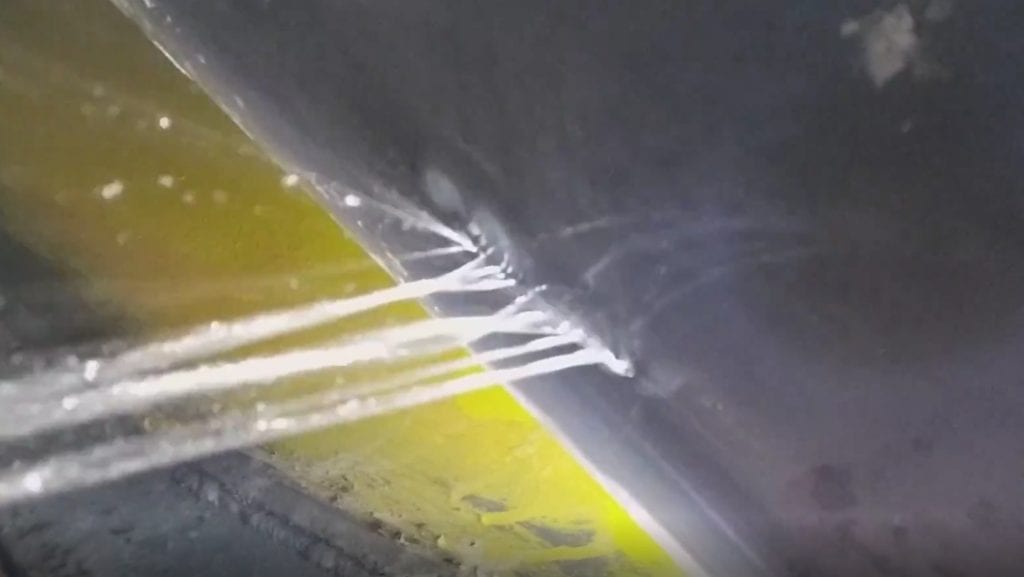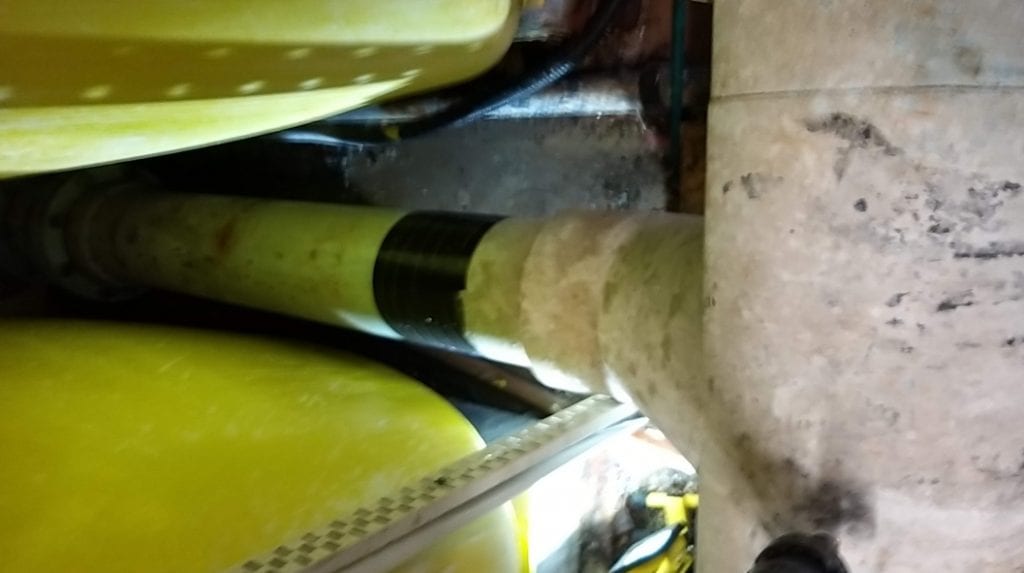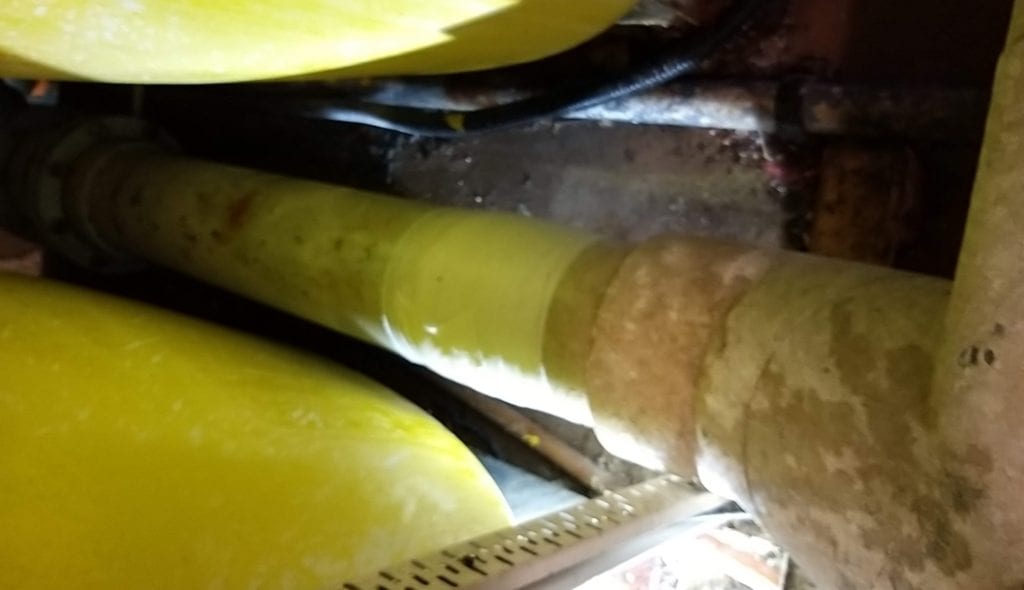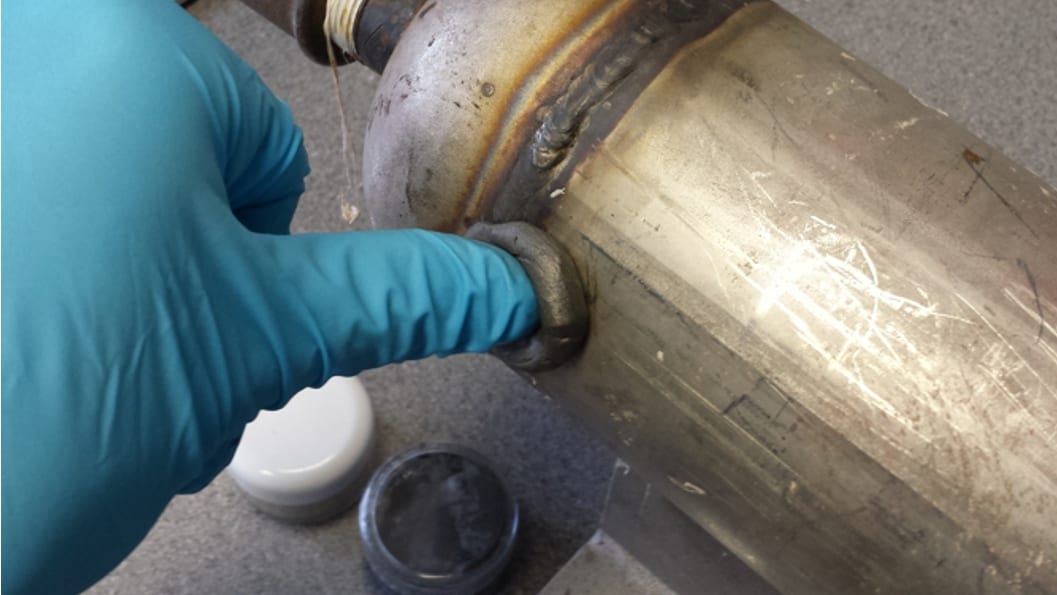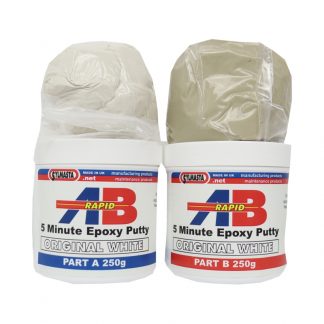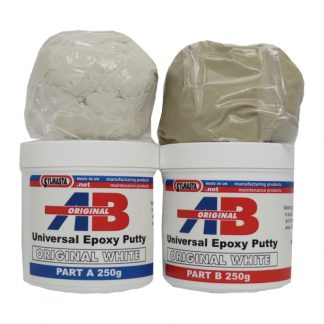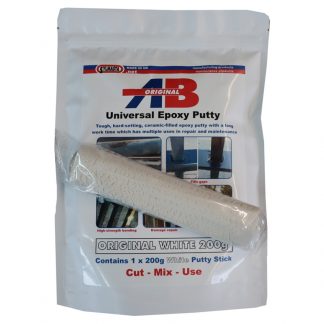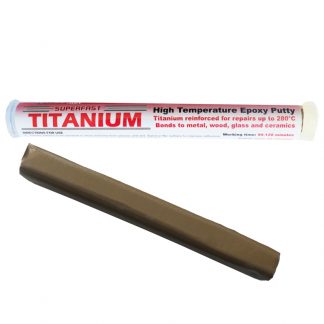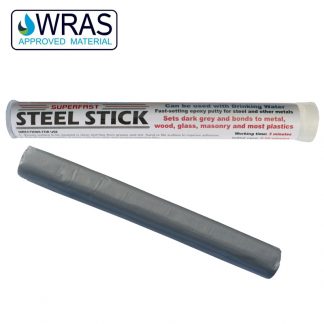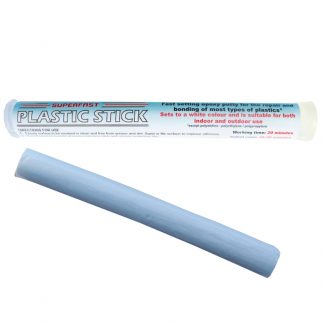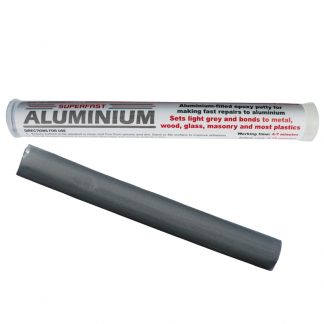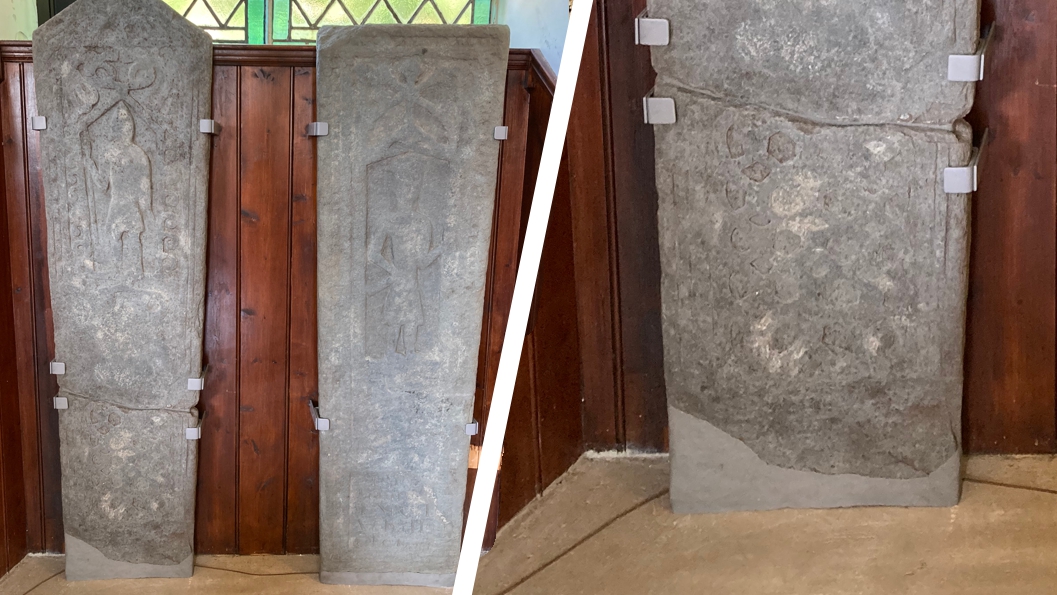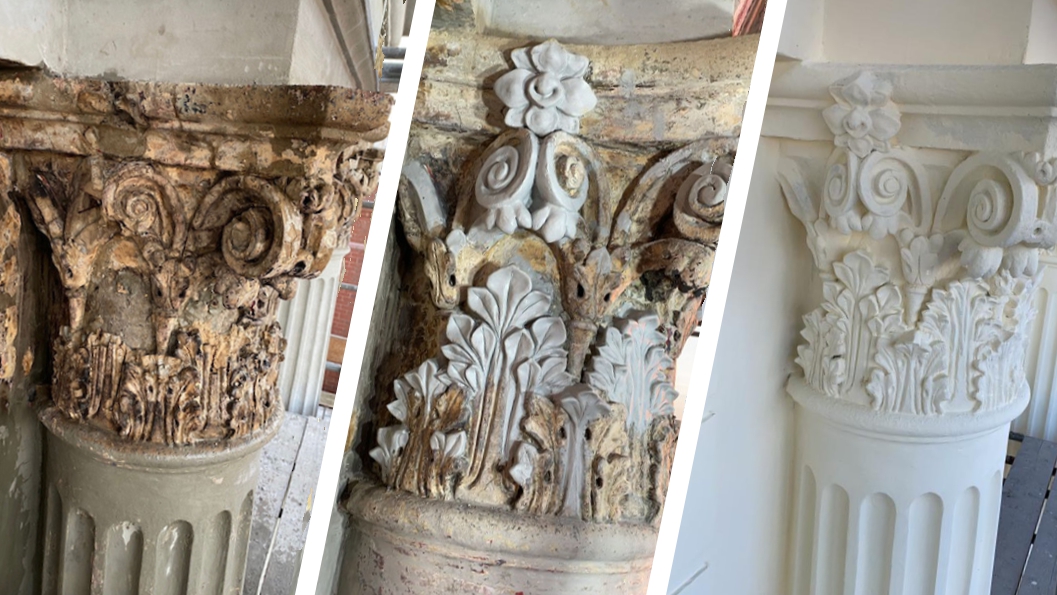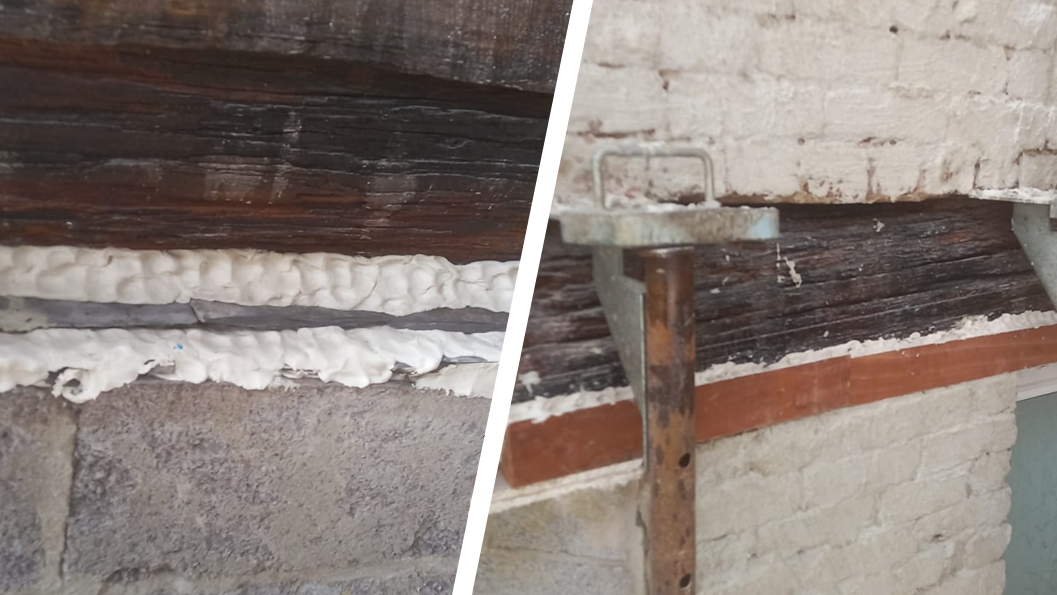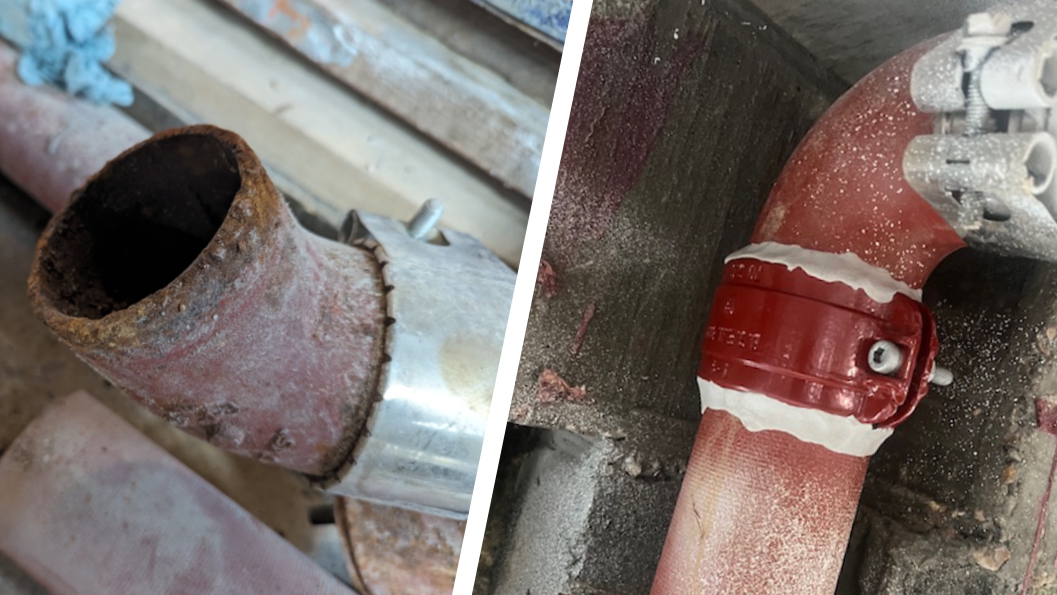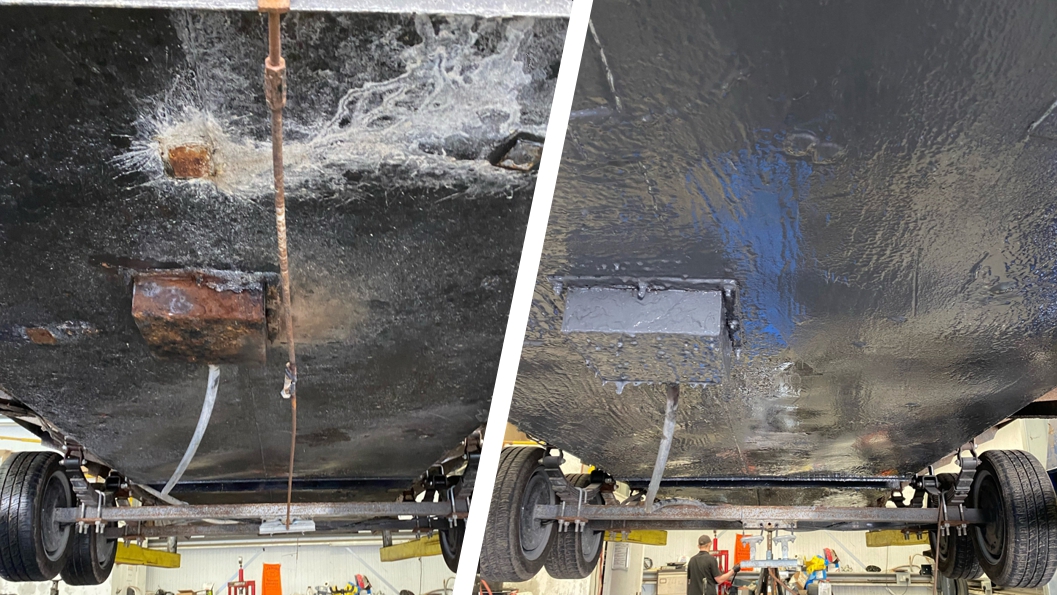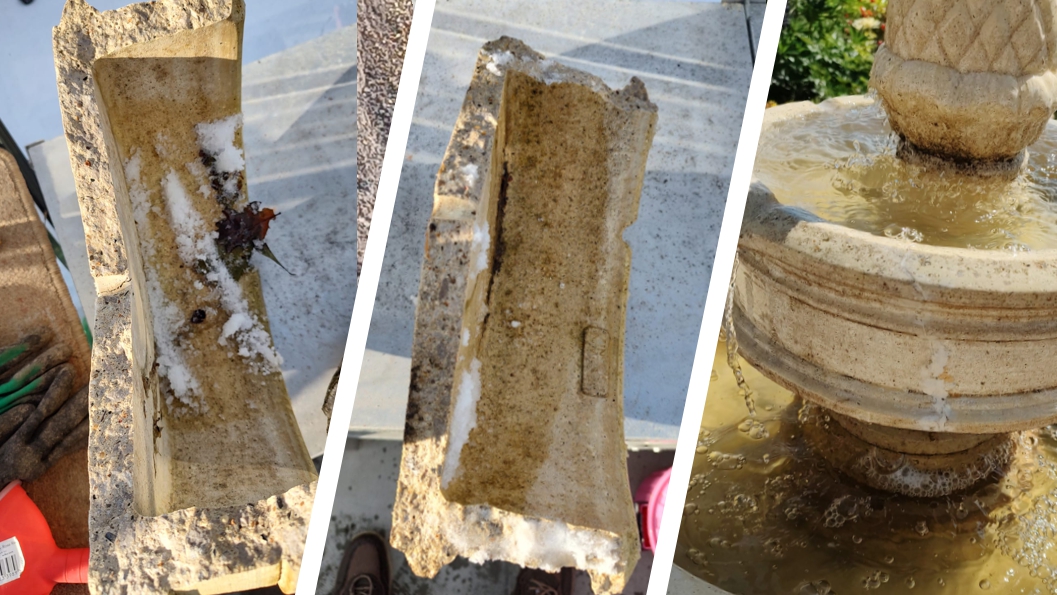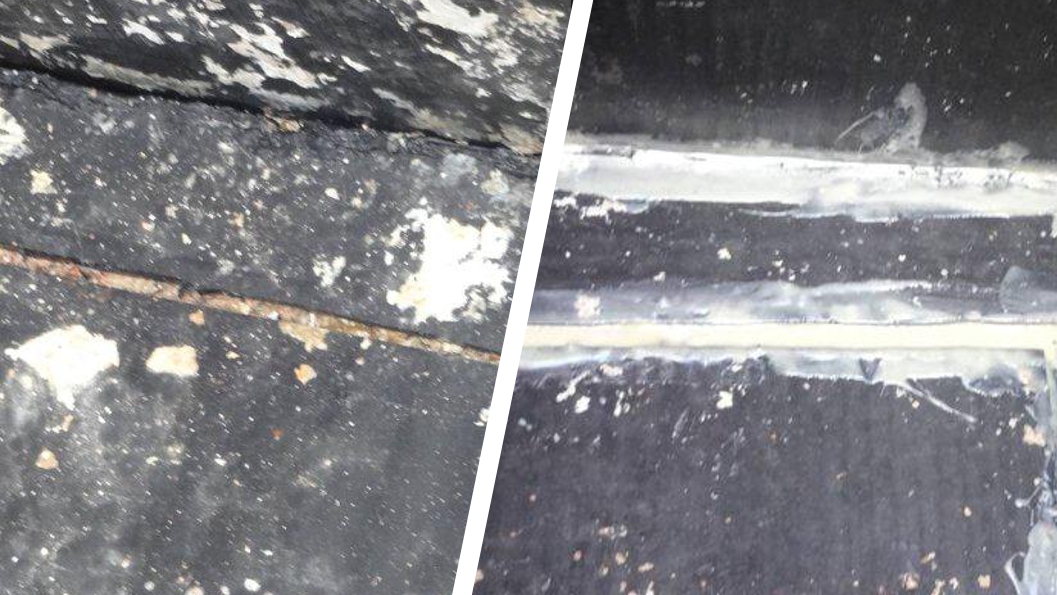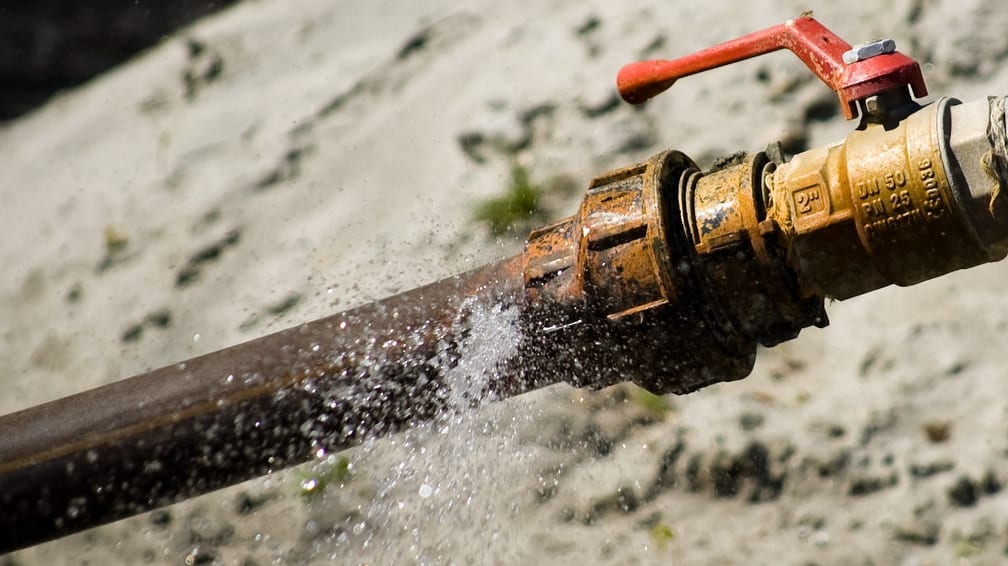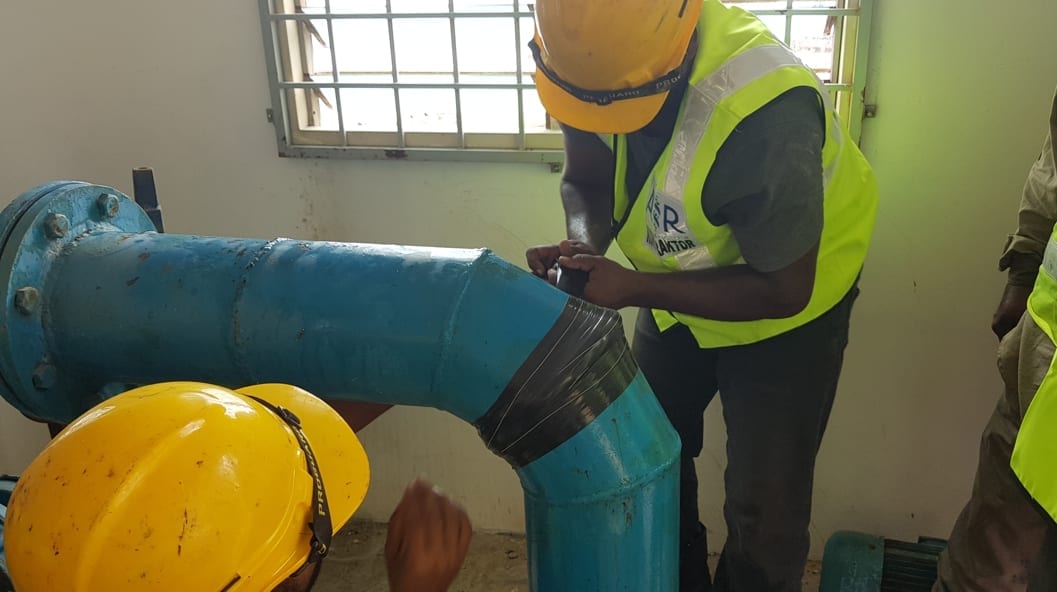
Introducing the Wrap & Seal Pipe Burst Tape Repair Calculator
Using a waterproof pipe repair tape to fix a leaking pipe just became that little bit easier thanks to the introduction of the Sylmasta Wrap & Seal Pipe Burst Tape Repair Calculator.
Gone are the days of trying to manually work out how many tapes are needed to make a repair with high enough pressure resistance. Simply enter the data about your repair into the Sylmasta Wrap & Seal Calculator and it will do the rest for you.
For fixing pipes in domestic plumbing, using one 25mm x 2m Wrap & Seal has usually been suitable. This small version of Sylmasta’s waterproof pipe repair tape holds pressure up to 5bar and with most plumbing applications operating at between 1bar and 2bar, there has never been much confusion over the quantity of tape required.
When it comes to larger, industrial repairs however, clients have not always been sure of the number of Wrap & Seal required. Factors which influence the number of tapes include pipe pressure, pipe diameter, the dimensions of the crack, and the size of Wrap & Seal being purchased.
For complex applications, this would often lead to clients having to contact Sylmasta before procurement to ascertain the quantity of waterproof repair tape required.
A combination of extensive testing at Sylmasta HQ and the introduction of the Pipe Burst Tape Repair Calculator removes that additional layer from the buying process. Sylmasta’s clients can now simply enter their repair data on the relevant product page, discover the number of Wrap & Seals their repair requires and then order accordingly.
To use the Calculator, a customer enters the water pressure of the repair, the diameter of the pipe in millimetres, and the length of the crack. For pinhole leaks, the repair length field is left blank.
Once they have entered their data, selecting the size of a specific Wrap & Seal Tape will show the quantity of that specific tape recommended for completing the repair. You can try the Calculator for yourself:
Wrap & Seal is made from self-fusing silicone, is twice as thick as most other waterproof repair tapes and stretches by 300 percent. It features a unique tapered profile which prevents water tacking underneath.
As it is wrapped around a pipe, Wrap & Seal forms a solid rubber band over the leak area for a high-pressure repair. Additional tapes will bond to previously applied layers, enabling a repair to be built capable of holding up to 30bar.
The Repair Calculator has been added to the product pages of Wrap & Seal Pipe Burst Tape, the SylWrap Universal Pipe Repair Kit, and the SylWrap Pipe Contractor Case.
Wrap & Seal is available in three sizes when purchased as a standalone product; Small 25m x 2m, Large 50mm x 4m, X-Large 50mm x 11m.
The Universal Pipe Repair Kit contains one roll of Wrap & Seal alongside Superfast Steel Epoxy Putty and a SylWrap HD Pipe Repair Bandage. Additional Wrap & Seal can be purchased separately to increase the pressure resistance of repairs made with the Universal Kit. The Repair Calculator now formulates how many additional tapes are required prior to purchase.
A SylWrap Contractor Case features multiple Wrap & Seal and SylWrap HD along with Superfast Steel. It allows regular pipe repair users, including water companies and facilities management, to make up to six live leak repairs at a cheaper-cost-per repair than when using individual kits.
Contractor Case users can now determine the number of Wrap & Seal they require from their Case to carry out a high-pressure repair. They can also order any additional tapes as recommended.
(Calculations serve as a guide to potential maximum pressure resistance only. Actual pressure resistance depends upon pipe material, condition, hole size, leak type and tension maintained during wrapping. If you are unsure, then more than one Wrap & Seal can be used to stop the leak.)
If you have any question about making a repair using Wrap & Seal Pipe Burst Tape or require technical assistance, then please contact Sylmasta via email or on +44 (0)1444 831459 and a technician will be happy to advise you.



